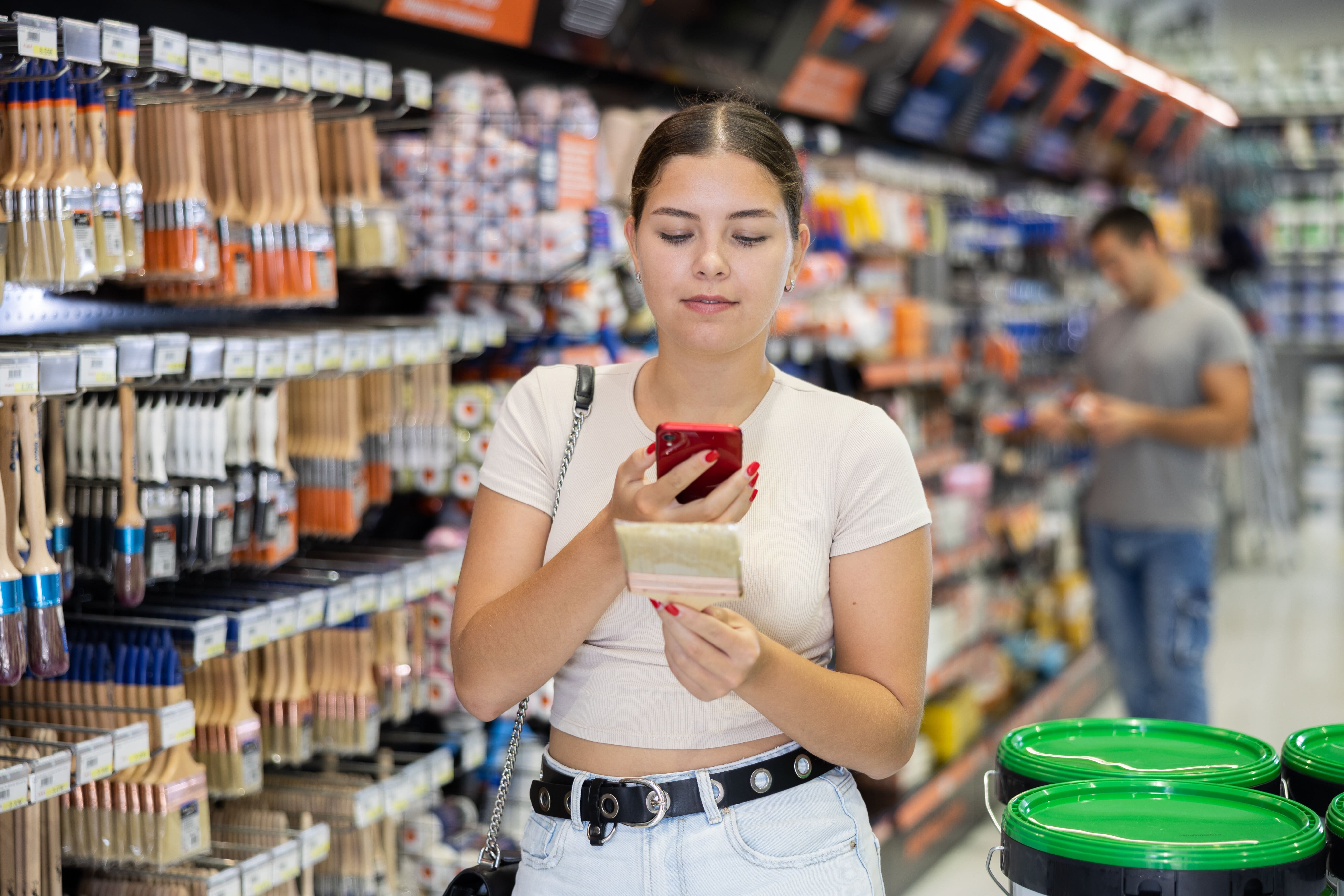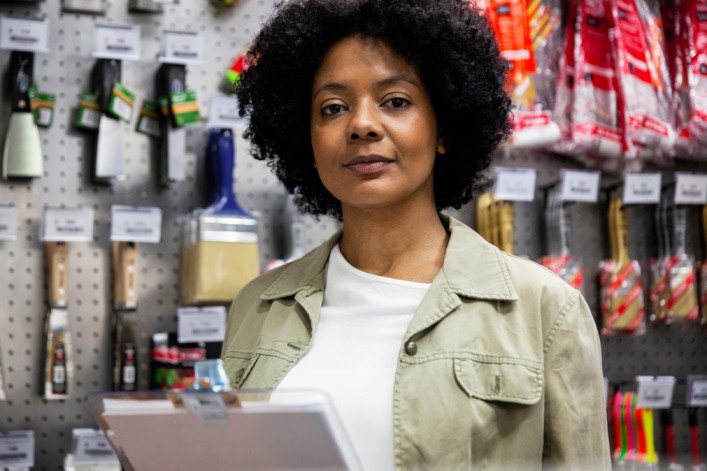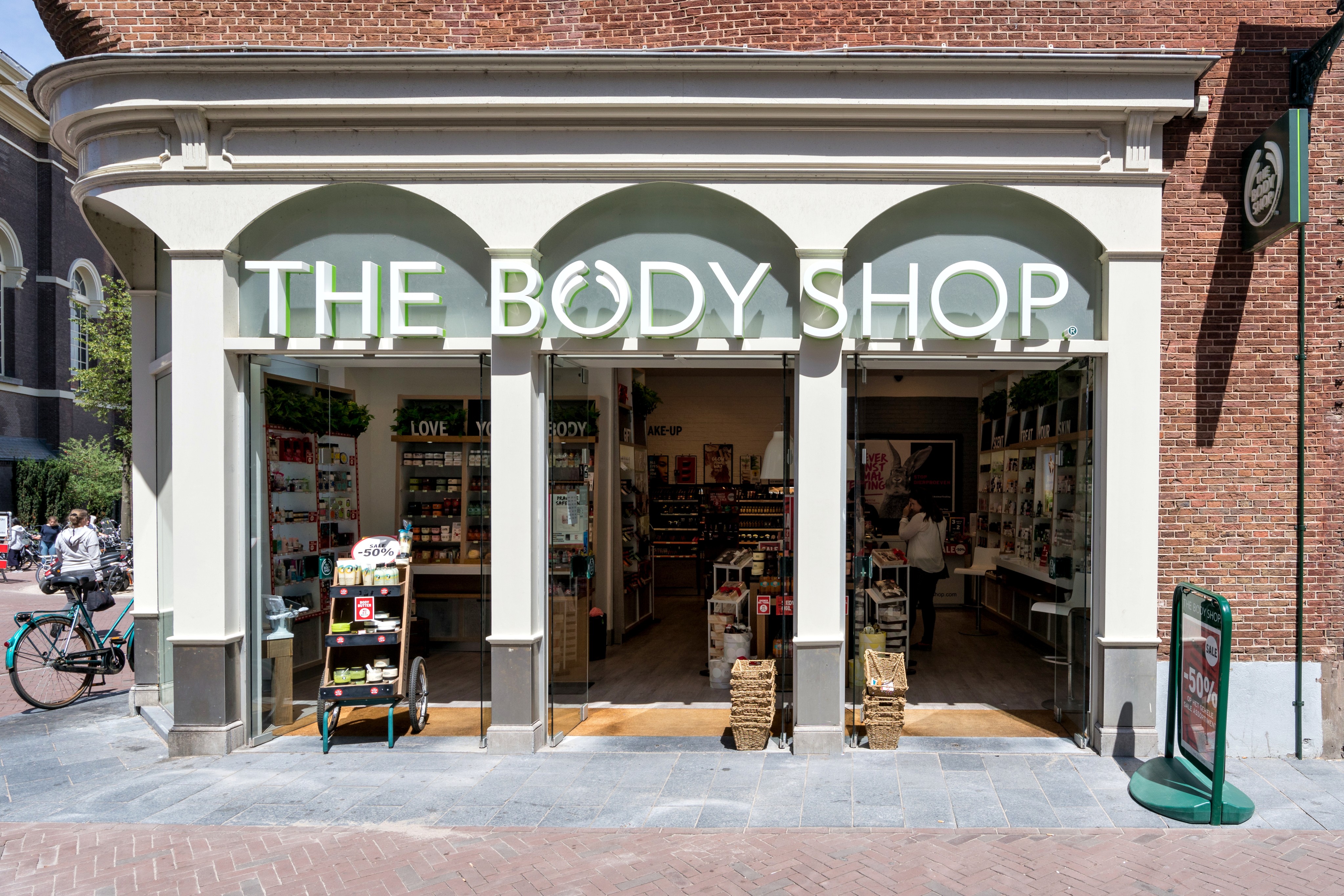Solutions
Solve your most critical customer experience challenges
Featured:
Banking
Product Innovation
Customer Experience
DIY & Home
Retail Trends and Innovations
Goodays News & Events
DIY & Home
Customer Experience
Customer Experience
Customer Experience
Customer Experience
Customer Experience
Case Study
Retail Trends and Innovations
Case Study
Success Stories
Customer Experience
Goodays News & Events
Goodays Culture
Customer Experience
Customer Experience
Customer Experience
Customer Experience
Goodays News & Events
Goodays Culture
Customer Experience
Customer Experience
Banking
Banking
Goodays News & Events
Banking
Goodays News & Events
Customer Experience
Customer Experience
Customer Obsession
Goodays Culture
Retail Trends and Innovations
Customer Experience
Goodays Culture
Retail Trends and Innovations
Customer Obsession
Goodays Culture
Customer Experience
Goodays Culture
Customer Experience
Customer Experience
Customer Experience
Customer Experience
Customer Obsession
Success Stories
Customer Obsession
Customer Obsession
Customer Obsession
Employee Engagement and Satisfaction
Employee Engagement and Satisfaction
Customer Obsession
Goodays Culture
Retail Trends and Innovations
Customer Obsession
Retail Trends and Innovations
Customer Obsession
Customer Experience
Goodays Culture
Customer Obsession
Retail Trends and Innovations
Customer Experience
Retail Trends and Innovations
Customer Experience
Customer Obsession
Customer Obsession
Customer Obsession
Customer Obsession
Employee Engagement and Satisfaction
Customer Experience
Customer Loyalty and Satisfaction
Customer Loyalty and Satisfaction
Customer Experience
Customer Experience
Retail Trends and Innovations
Product Innovation
Customer Experience
Customer Loyalty and Satisfaction
Customer Experience
Retail Trends and Innovations
Customer Loyalty and Satisfaction
Customer Experience
Product Innovation
Customer Loyalty and Satisfaction
Customer Loyalty and Satisfaction
Retail Trends and Innovations
Employee Engagement and Satisfaction
Customer Loyalty and Satisfaction
Customer Experience
Customer Experience
Success Stories
Customer Loyalty and Satisfaction
Product Innovation
Customer Loyalty and Satisfaction
Success Stories
Success Stories
Customer Experience
Customer Loyalty and Satisfaction
Customer Obsession
Success Stories
Customer Obsession
Success Stories
Success Stories
Customer Experience
Customer Loyalty and Satisfaction
Customer Loyalty and Satisfaction
Product Innovation
Customer Loyalty and Satisfaction
Product Innovation
Customer Experience
Customer Loyalty and Satisfaction
Customer Experience
Customer Loyalty and Satisfaction
Product Innovation
Retail Trends and Innovations
Customer Loyalty and Satisfaction
Customer Loyalty and Satisfaction
Customer Loyalty and Satisfaction
Customer Experience
Customer Loyalty and Satisfaction
Customer Loyalty and Satisfaction
Retail Trends and Innovations
Customer Loyalty and Satisfaction
Customer Loyalty and Satisfaction
Customer Obsession
Customer Experience
Customer Loyalty and Satisfaction
Customer Loyalty and Satisfaction
Customer Loyalty and Satisfaction
Customer Loyalty and Satisfaction
Customer Experience
Customer Experience
Customer Experience
Customer Experience
Customer Loyalty and Satisfaction
Customer Loyalty and Satisfaction
Customer Loyalty and Satisfaction
Customer Loyalty and Satisfaction
View more articles
Hear about our upcoming events and read the latest success stories from our clients.











